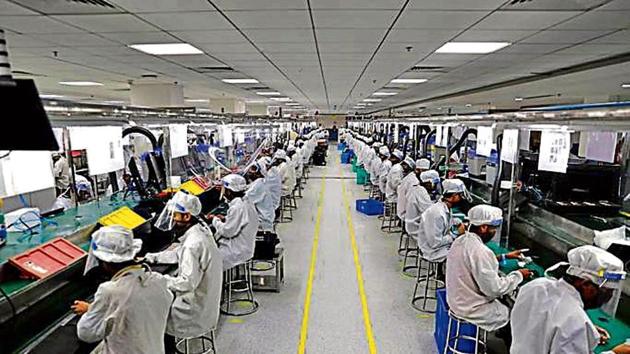Covid-19: What you need to know today
It is now becoming clear that starting May 17, the lockdown could be eased even further. Over the past week, the refrain in government circles has changed from “flattening the curve” to “learning to live with the virus”.
Finance minister Nirmala Sitharaman announced the first part of the economic package India has been waiting for since late March, when a lockdown was enforced to combat the rapid spread of the Covid-19 pandemic. While some economic activity has resumed in the country, especially since May 3, the toll on the economy is high — securities firm Nomura expects that the Indian economy will shrink by 5.2% in the year to March 31, 2021 — necessitating a stimulus package. The Prime Minister announced a ~20 lakh-crore one on Tuesday, and a day later, the finance minister spelt out the fine print of some of the measures.

More will follow. Some experts have pointed out that the package includes monetary measures which can’t really be called a stimulus, and that a credit guarantee doesn’t mean the outgo of the entire amount guaranteed but entails only the risk of a possible outgo of the portion guaranteed. Still, India does finally have a stimulus plan; in terms of magnitude, it compares favourably with what many of the G20 nations have announced (except Japan, which has announced a package amounting to almost a fifth of its economy); and directionally, this is one more step in India’s return to some sort of normal.
And that — the return to normal, not the package — is the focus of this column.
Since March 25, India has been locked down. Some areas were locked down harder than others but, at least till May 3, there was a lockdown across the country. All establishments and offices, except those related to important departments of the government or providing essential services, were closed. People worked from home (or pretended to). Markets remained closed, except for stores selling essential products. Many states instituted curfews; and most people stayed indoors.
Since May 3, some offices in some states (and some parts of some states) have started functioning. Stores selling non-essential products have been allowed to open in some states. As have private offices (although they have been told they can operate with at most a third of their workforce).
It is now becoming clear that starting May 17, the lockdown could be eased even further. Over the past week, the refrain in government circles has changed from “flattening the curve” to “learning to live with the virus”. This is understandable. It is important that India opens up — but safely. State governments are currently figuring out what the best way to open up would be. Many are said to be considering travel between districts, may be even across their borders, even as they plan to sharply define containment zones where infections are still raging, and continue to lock them down. This is a pragmatic approach — but it poses significant challenges.
In the absence of a cure or a vaccine for the coronavirus disease, wearing masks, social distancing, regular hand washing, and avoiding social and religious gatherings is the surest way to stay safe. Yet, even the partial removal of lockdown restrictions has resulted in chaotic scenes in many parts of the country. Some states are already talking about tourism. Others are talking about religious gatherings and events.
Scientists around the world agree that the removal of a lockdown will always mean a rise in the number of infections; administrators know this too, but believe that they can manage if the increase remains below a certain threshold.
That’s where people come in.
As states exit the lockdown, it will be difficult for their police departments to enforce basic health and distancing protocols. This has to be done voluntarily by people. If they do not wear masks (or wear them improperly), and if they do not follow social distancing norms, it could mean a return of a wave of infections. That is the risk India faces.
And it is a problem that has only one solution — a responsible citizenry that recognises what is at stake.
Get Current Updates on India News, Lok Sabha election 2024 live, Election 2024 along with Latest News and Top Headlines from India and around the world.




